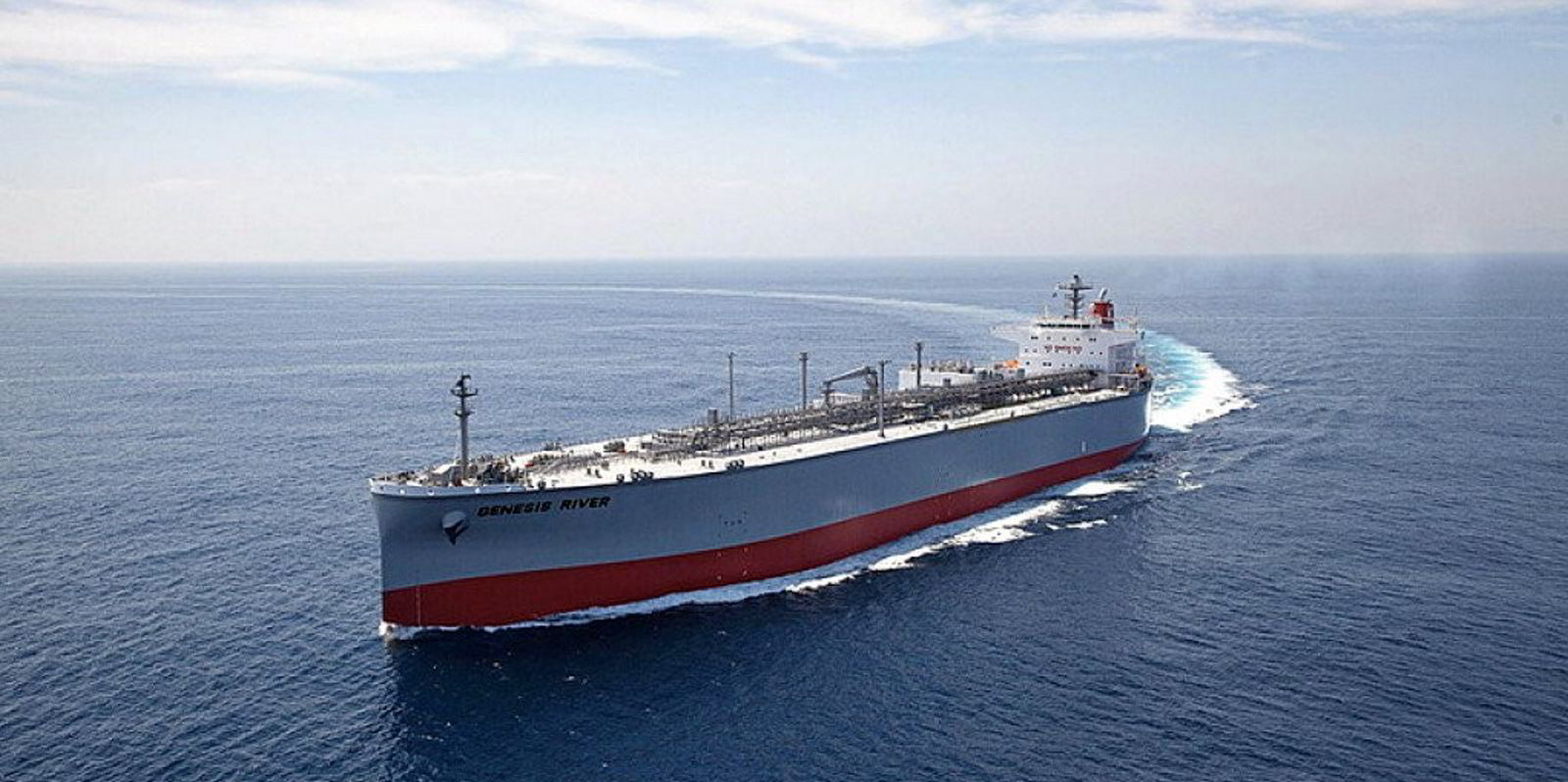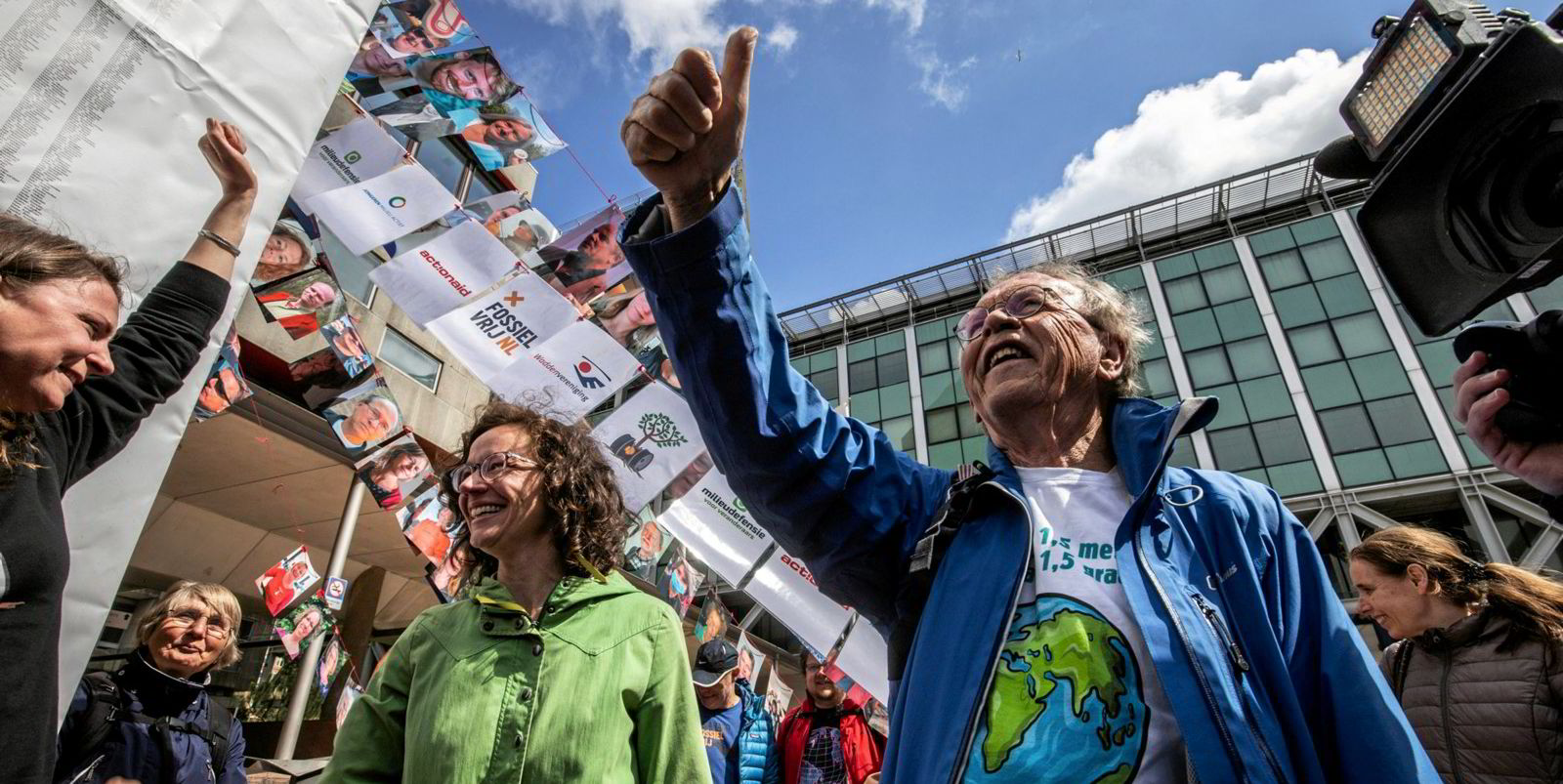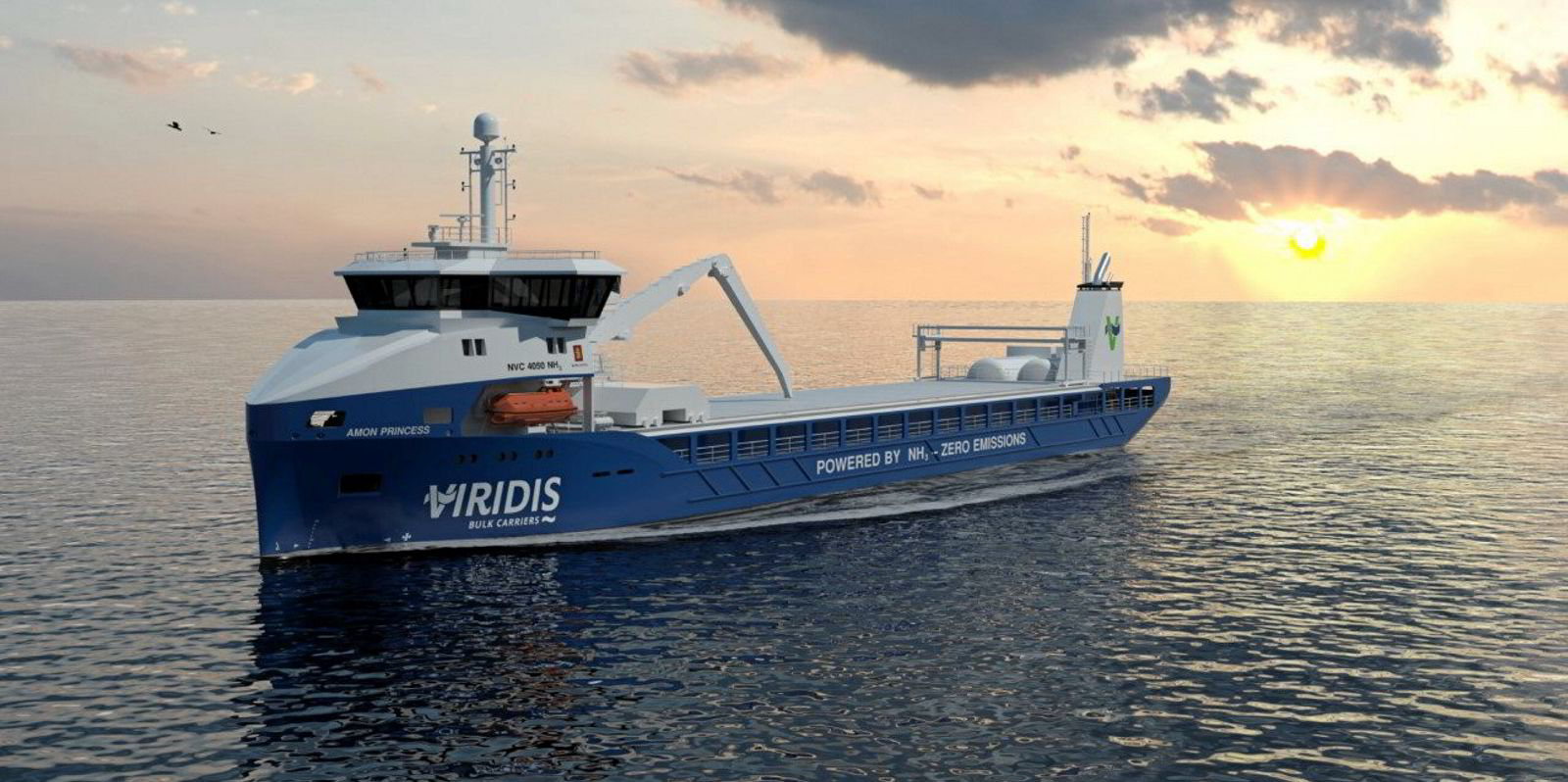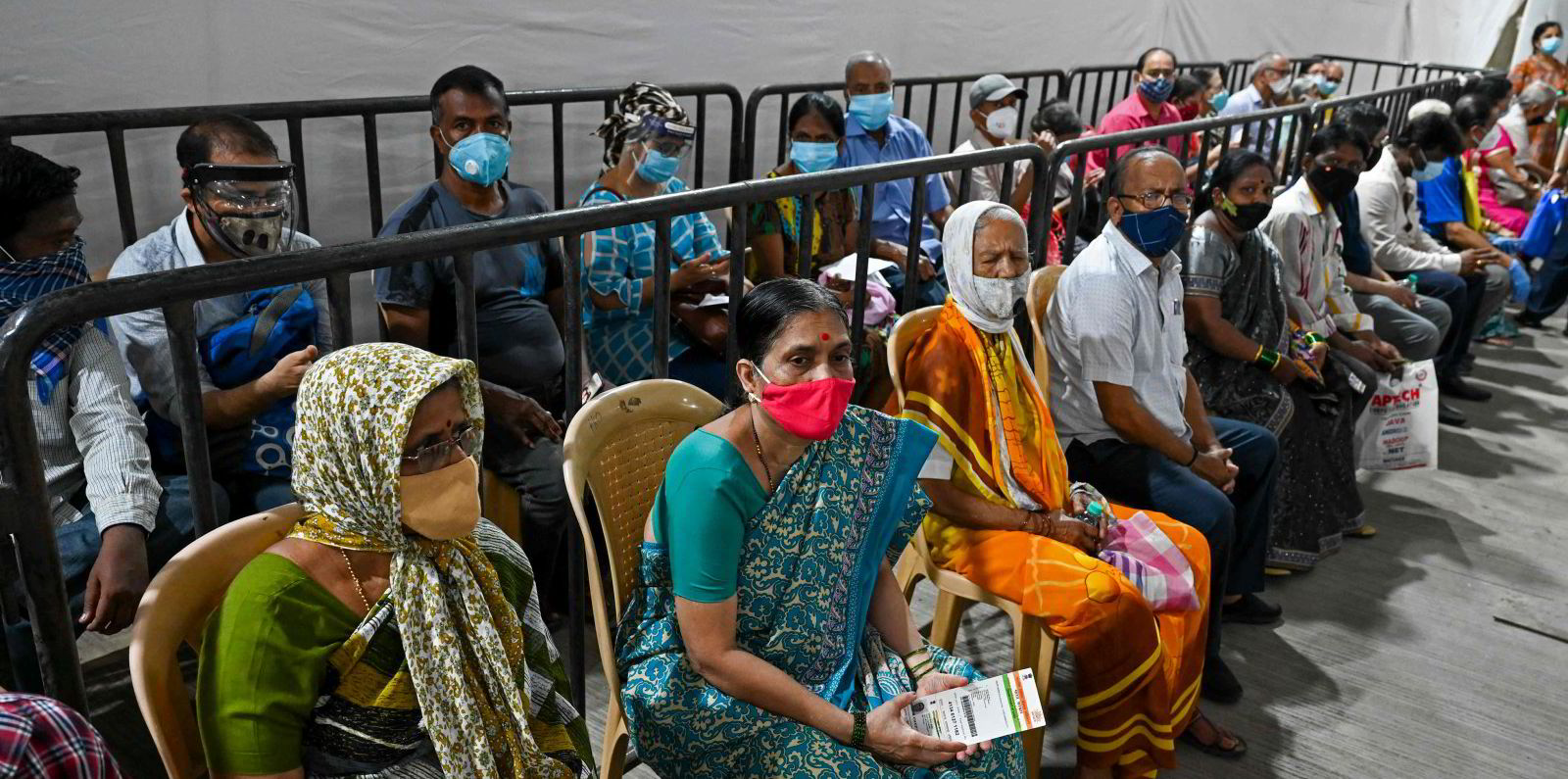The International Energy Agency (IEA) has shared its forecast of oil demand next year for the first time, and some analysts are seeing bright spots for tanker owners.
In its latest monthly report, the OECD energy watchdog said oil consumption will rise by 5.4m barrels per day (bpd) this year before a further increase of 3.1m bpd in 2022.
Total demand is expected to reach almost 101m bpd in the fourth quarter of next year, exceeding the pre-pandemic level of 99.7m bpd in 2019.
“Global oil consumption is now on a more stable footing after the number of Covid-19 cases in the world’s third-largest oil consumer India began to ebb, and with further evidence that consumers in the OECD are using cars and planes in greater numbers,” the IEA said in its latest monthly report.
Clarksons Platou Securities analysts Frode Morkedal and Omar Nokta described the outlook as “good news for tanker owners”, with increased oil consumption likely to translate into more shipping demand.
Moreover, the IEA expects global oil output to grow 3m bpd in 2022 as producers seek to meet rising demand.
The Opec+ alliance is forecast to hike production by 1.4m bpd, while the US crude output is expected to increase by 900,000 bpd.
Morkedal and Nokta stressed that 55 VLCCs would be required annually for every 1m bpd of crude shipments from the US to China, the world’s largest seaborne crude importer. Just 23 VLCCs would be needed for the same amount of oil from the Middle East Gulf.
“Most investors have probably written off the US as a source of tanker demand but it’s time to dust off the tonne-mile multipliers,” the analysts wrote in a note.
Clarksons Platou has forecast average VLCC earnings will rise to $40,000 per day in 2022 from $25,625 in 2021. Suezmaxes should rise to $30,000 per day from $20,000, and aframaxes are expected to see a jump to $23,000 per day from $17,500.
Separately, the IEA predicts the world’s total refining throughput to reach 76.6m bpd in the second quarter and 79.9m bpd in the third, compared with 75.2m bpd between January and March.
Clarksons Platou suggests rising refinery runs would be “a significant boost that should clearly support product tankers going forward”.
The Norwegian investment bank expects average LR2 earnings to increase to $22,000 per day in the third quarter, from $14,000 in the second.
LR1 earnings are predicted to rise to $19,000 per day from $12,000. Clarkons Platou expects MR tankers to bring in $18,000 per day, up from $10,000.







